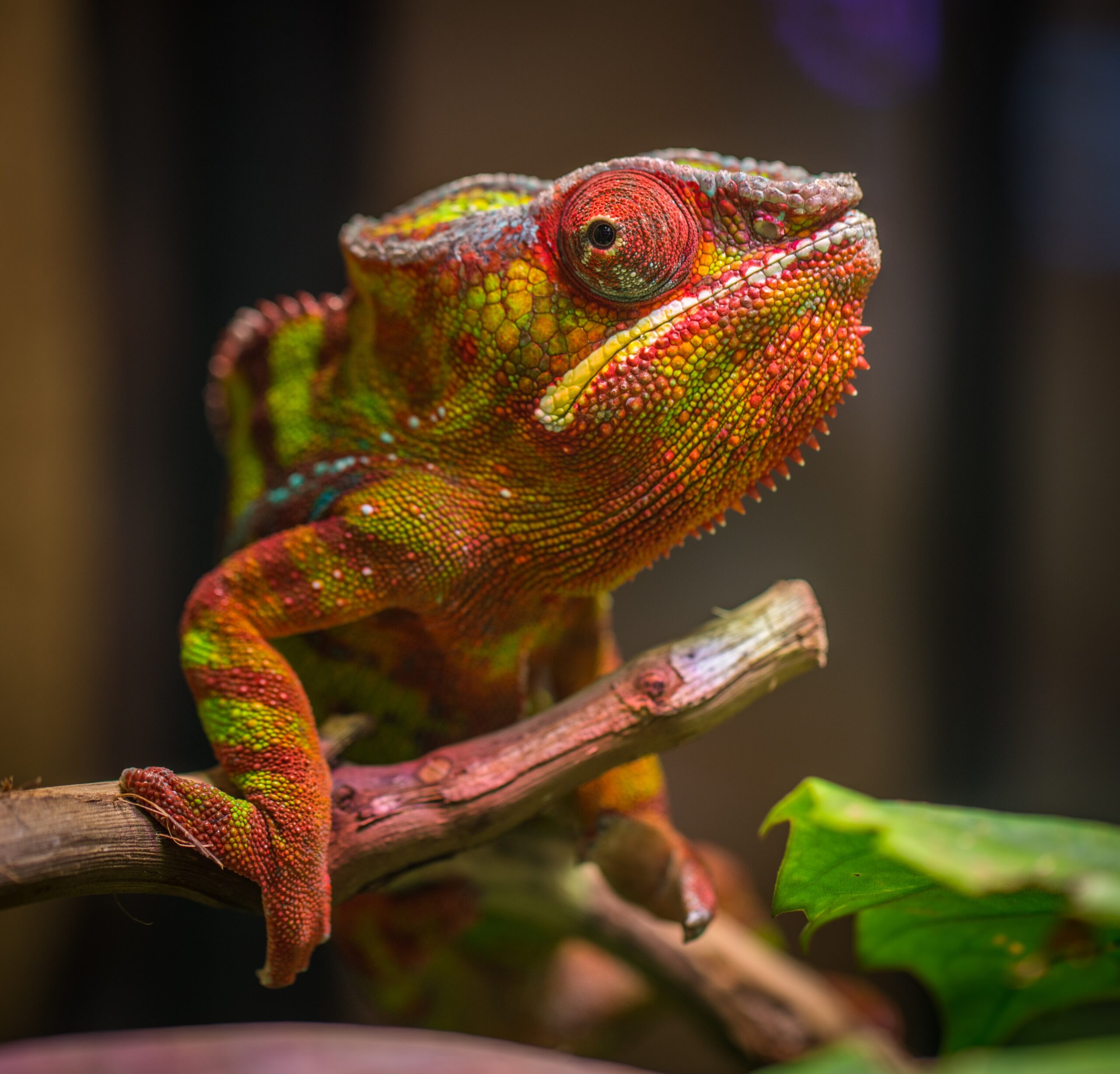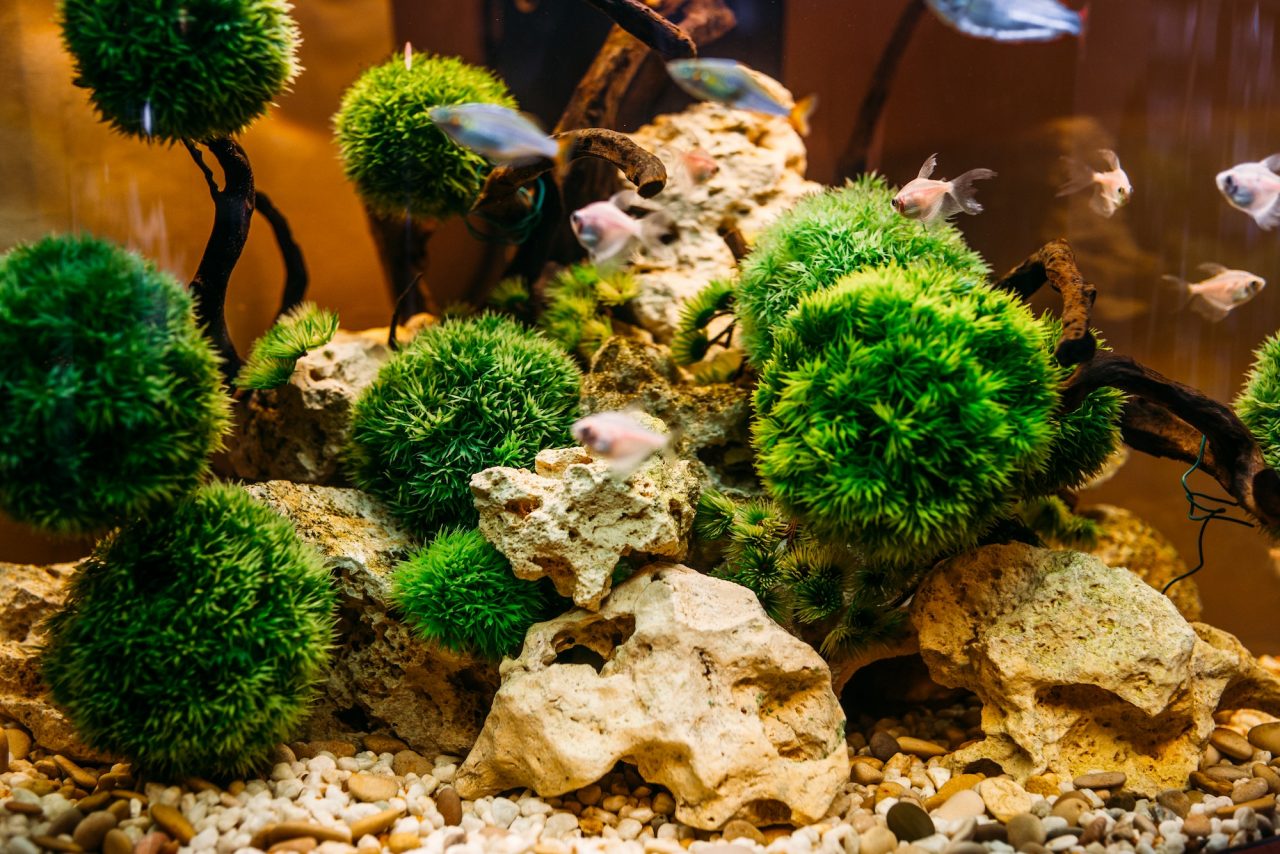Many beginning hobbyists think snails are essential as scavengers, only to find that some red ramshorns, after a day or two in the tank, will get their antennae nipped by fish every time they poke their head out, and eventually starve inside their shell. It’s one of life’s ironies that if you want to keep snails they seem to be easily killed off, and if you don’t want them they multiply like crazy.
Most snails do best in harder/alkaline water. If the hardness/pH drops below a certain point, their shells will start to dissolve and/or grow improperly. Malaysian trumpet snails seem the hardiest, showing little adverse effect from soft water. The Ramshorn snails shell will start to dissolve, and gaps will form in the new shell growth. Mystery snails will form gaps. Most of these problems can be corrected by hardening the water, and the snails will recover, although exterior shell damage from dissolving will remain. Here are four popular species:
Ampullaria or Pomacea (Mystery or Apple snails):
If you’re breeding fish, this snail provides some great advantages. However, there are at least four distinct species of Ampullaria, three of which are ravenous plant eaters and should be kept out of planted aquaria. All are sometimes known as infusoria snails, and when kept in unplanted aquariums should be fed lettuce. Their droppings create ideal conditions for the production of infusoria, the first food of new hatched fry. If cared for properly, these snails can grow to tennis ball size. At the Aquatic Critter we carry the Mystery snail, which doesn’t eat plants.
Melanoides tuberculata (Malaysian live bearing snail):
The Malaysian snail is an interesting creature. These small snails rarely exceed ¾ inch in length, and have long sharp cone shells. They have two advantages: They dig deep in the sand for food, keeping it loose, and they reach food inaccessible to other snails. During the day they hide under the sand but at night they come out. It’s a livebearing snail and reproduces quite readily. The aquarist may experience a shock to wake up at night and see hundreds of them on the aquarium walls. However, it’s considered beneficial to a plant tank and doesn’t seem to harm plants, even in large populations.
Planorbis and Helisoma (ramshorn snails):
These shells take the form of flat spirals like the mainspring in a watch. They are generally in black but there is a red variety. These snails are usually seen in tropical aquariums. Red ones may add a little color to a tank, but have virtually no other advantage. In breeding tanks they are a nuisance, they consume eggs and eat most of the food fed to the fish. They breed profusely through the year and lay eggs in small yellow tinted balls of jelly.
Viviparus/Trapdoor Snail (Japanese live bearing snail):
These give birth to fully formed young snails and do not lay eggs. The snail is quite a large one and may be confused with Ampullaria, but the spiral of the Viviparus is much more raised, and the shell is wider than high. This snail is not hermaphrodite, so for breeding, male and female are necessary. Sex may be distinguished, as the male has a shorter and curved right antennae in comparison with the female. Their eggs hatch inside the females shell and look like tiny pearls. It doesn’t like high temperatures and is not altogether happy in a tropical aquarium. A great advantage is that it’s not a plant eater.





